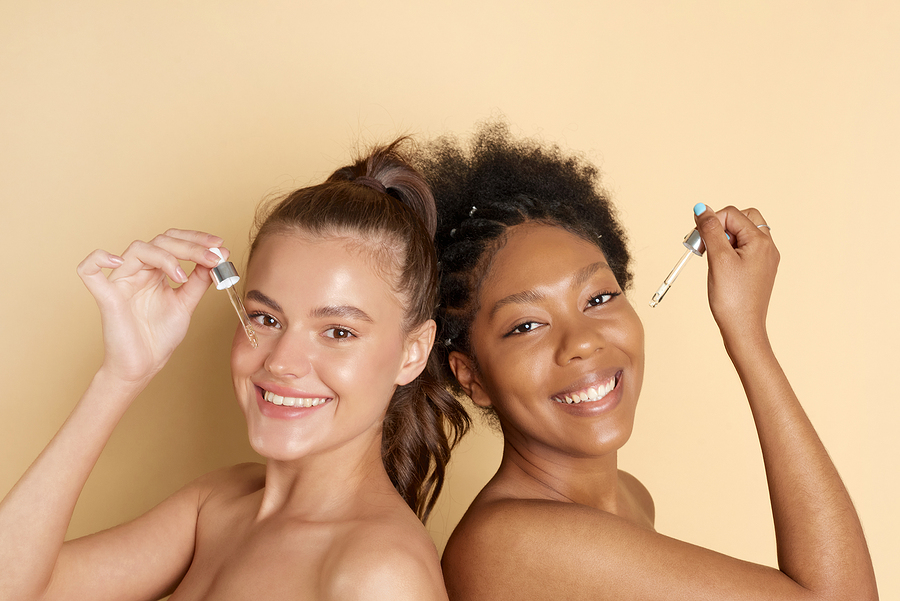
WHAT STRENGTH OF RETINOL DO YOU NEED?
Retinol is like the beauty industry’s “secret weapon.” From fighting signs of aging to brightening dark spots, it has the potential to treat just about every common skin concern you can think of.
But here’s the catch: you shouldn’t – and probably can’t – just grab the closest retinol product you find and call it a day. At best, your treatment might not work. At worst, you might end up with serious irritation, redness, or worse.
Like any other drug, retinol is a medication, and that means we can’t tell you exactly what strength is right for you without a full skin consultation. We can, however, help you better understand this ingredient to help you make the right choice.
WHAT IS RETINOL, ANYWAY?
At its heart, retinol is essentially a form of vitamin A extracted from a long list of plant and/or animal sources. Within the human body, it plays an important role in everything from tissue repair to growth, development, and even vision.
If you eat a healthy, balanced diet, you probably ingest some form of retinol most days in the food you eat. Beef, liver, salmon, goat cheese, and butter all contain a ton of Vitamin A that can help your body stay well. But most of the retinol you ingest gets processed and used systemically; topicals allow for much more targeted treatment that focuses directly on treating problems with your skin.
Think of it like the difference between eating healthy and having a facial. Both help your skin look and feel fantastic, but the facial is much more “direct.”
IS RETINOL THE SAME AS RETIN-A?
No. Retin-A which is often used to treat acne and dark spots, is an entirely different FDA-approved drug. By comparison, retinol isn’t as strong as Retin-A, but it’s also a great deal more tolerable with a lower risk profile for side effects.
Still, you shouldn’t use either of these products unless you’ve had a consultation and understand how to reduce any associated risks. Even the best miracle products need to be used correctly if you want to benefit from them.
RISKS AND SIDE EFFECTS
Retinol is a fairly safe ingredient, and truthfully, if you use it correctly, you probably won’t experience any side effects. But for the sake of transparency, let’s talk about some of the rare issues that can crop up during treatment.
All retinoids (vitamin A compounds) carry a risk for dryness, irritation, skin lightening, sun sensitivity, redness, and swelling. There is also an extremely rare risk for blistering or crusting, although this mostly seems to happen in patients who are either mildly allergic or extremely sensitive in general.
The risk associated with retinoids does seem to increase with dose and frequency of use. In short, the more often or more product you use, the more likely you are to notice side effects and complications. This is one of the biggest reasons why the most effective formulas are prescription-only or sold from medical spas.
Remember: the risk of side effects is present, but is also fairly rare. Overall, retinoids are an extremely safe and reliable treatment option for most patients.
WHO SHOULDN’T USE RETINOL?
There are some people who should avoid retinoids altogether. Primarily, this includes anyone allergic to vitamin A analogues. People with active infections, sunburns, eczema, and some forms of psoriasis may also be a poor fit, or they may need to use a lower dose for a shorter period of time.
Lastly, nursing moms and pregnant mothers should also try to avoid retinoids and most vitamin A analogues altogether. Although the March of Dimes reports that most of the risk is associated with oral retinoids, most experts agree it’s better to avoid all forms completely until nursing ends.
WHO SHOULD USE RETINOL?
Anyone who wants better skin, with fewer incidents of acne, wrinkles, sagging, fine lines, and uneven done. Science proves that retinol and other retinoids help stimulate collagen production and brighten the skin for a more youthful, “awake” appearance that truly glows! Heck, it’s so useful even Oprah approves.
TEXTURE MATTERS
Here’s something you may not have considered about retinol products: the texture or style of the formula really matters almost as much as the dose.
Most retinol formulas come in one of three distinct forms:
- An oil
- A cream
- A gel
Each of these carries distinct benefits that may be better or worse for your skin. Oil serums, for example, are far better at delivering retinol into small areas, like the under-eye zone or around the mouth. They’re also well-tolerated by people with combination skin and people who fall into the “normal” category.
Creams, on the other hand, are intensely moisturizing. This is the type of product you want to pick if you struggle with extreme dryness, flaking, and redness – especially in the winter or cooler temperatures. Be sure to note the type of cream, too; some are designed for light hydration, while others (such as night masks) are intense.
Gels are best for people who struggle with excessively oily skin. They’re lighter and less prone to causing breakouts, but they also absorb better through the natural skin barrier in a shorter period of time.
That said, most gels do contain at least some alcohol, and that may increase the risk for irritation in a small number of patients. Ask your specialist if you aren’t sure.
The “golden rule” of retinol products is to go “low and slow,” especially if it’s your first time using the product. You can always dose higher or increase the ratio later on; that’s an easy problem to fix. Correcting irritation, redness, or blistering after the fact, however, is not quite as simple.
The best way to ensure you use the right formula, in the right dose, with the right design to treat your specific concerns, is to have a full skin consultation first. Head to your local medspa to learn more.
 None
None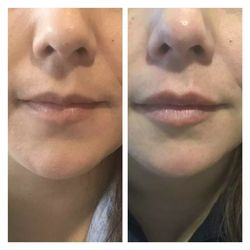 None
None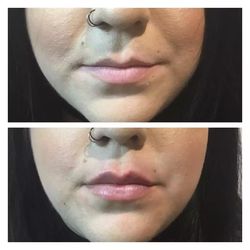 None
None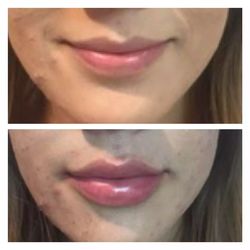 None
None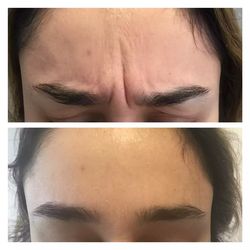 None
None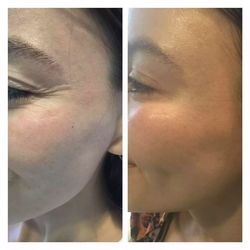 None
None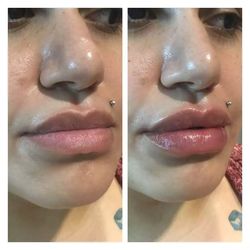 None
None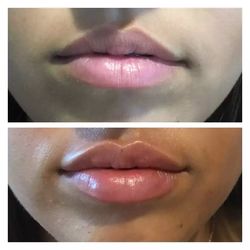 None
None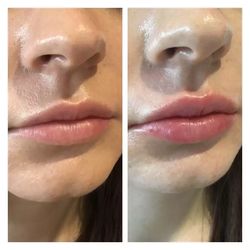 None
None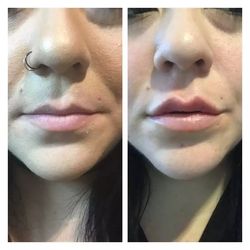 None
None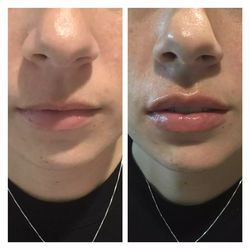 None
None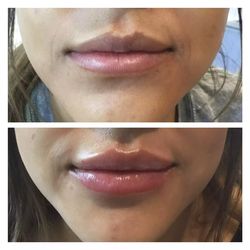 None
None None
None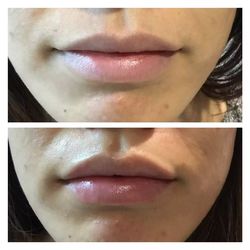 None
None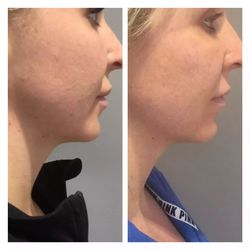 None
None None
None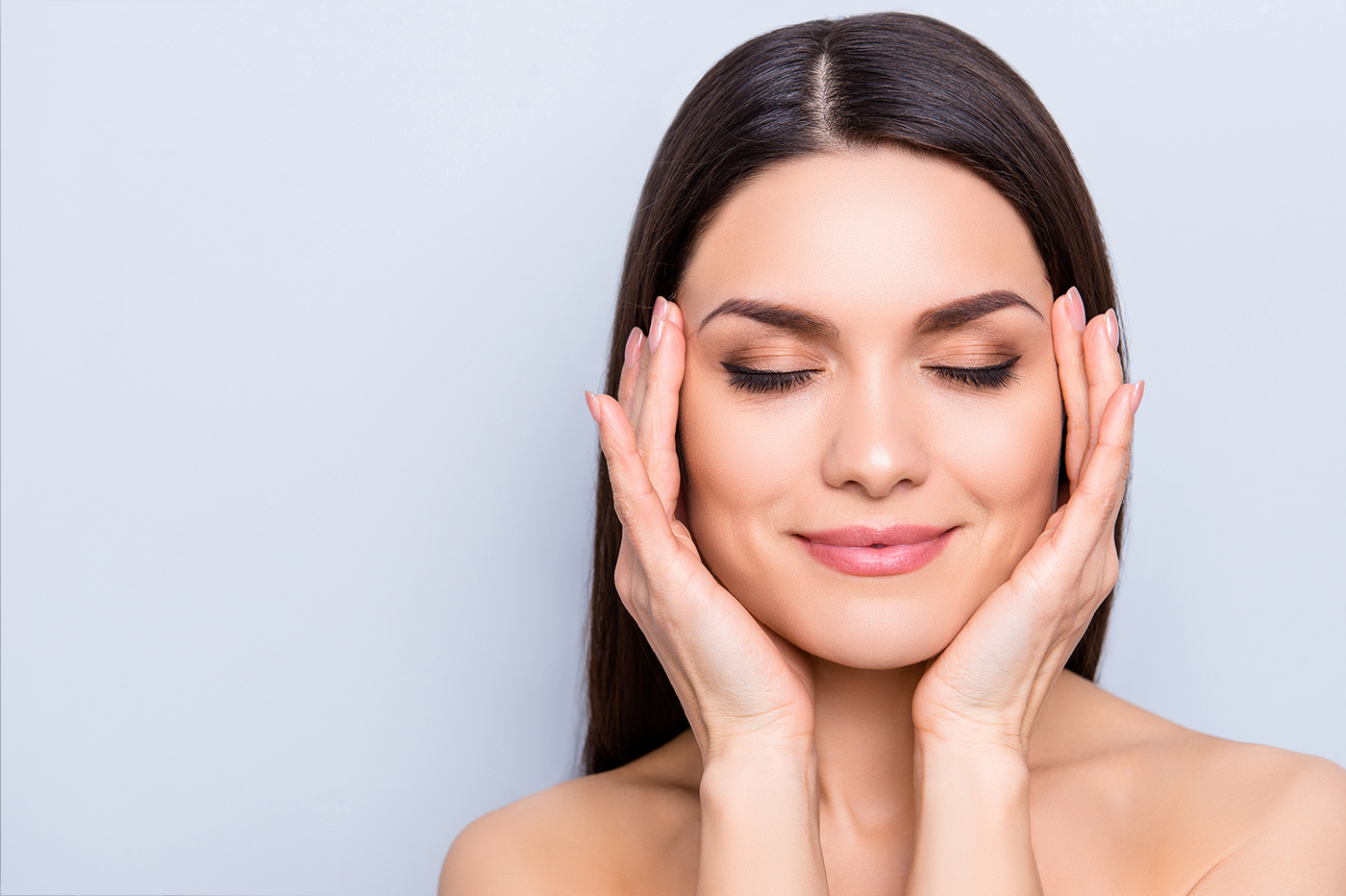
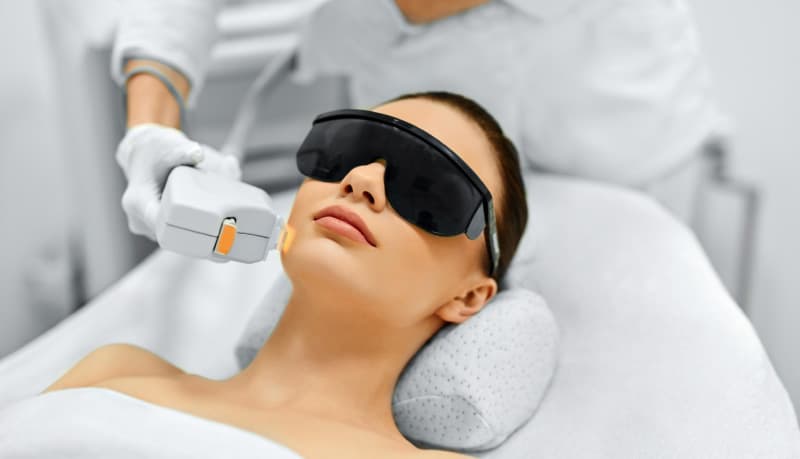


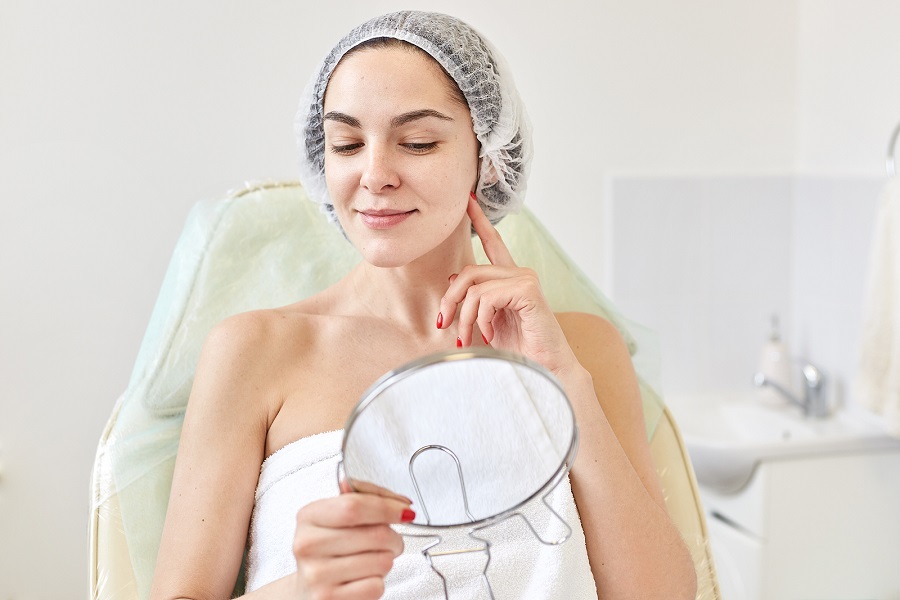






0 comments